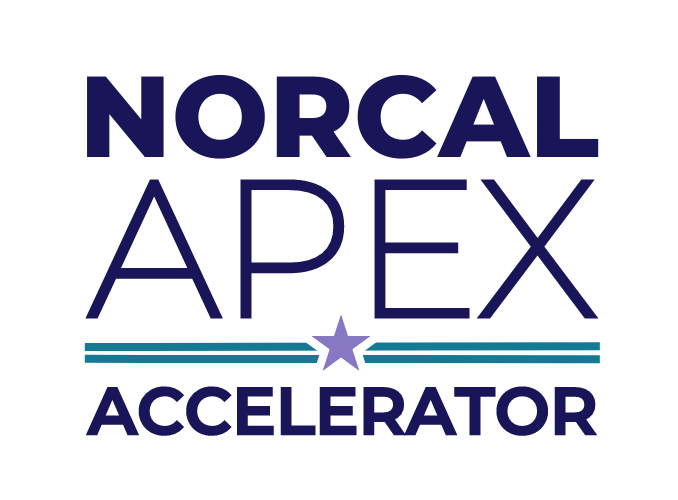Project Schedules – What’s Required
Last month we looked at the bonding requirements in California public works construction. This month the discussion is about construction Project Schedules. Every Prime Contractor must provide a schedule showing how they intend to build the project logistically and meet the contract completion date. The methodology involved and how it affects all subcontractors is what we will discuss today.
In each set of contract documents (plans & specifications), there is a section in the specs detailing the type of schedule the prime must provide. The size of the contract and the complexity of the job will usually dictate what the owner will put into the bid documents specifying what methodology is to be used.
For smaller, simpler projects they may only require a simple bar chart. For the larger and more complex projects, the choice is usually one of two software programs: Microsoft Project or Primavera (P3). Both will produce a Critical Path Method (CPM) Schedule. Primavera is the dominant software in use by most public works agencies.
It’s important to remember a few key points about these project schedules, no matter what system is used. In particular is the impact this schedule has on the subcontractors.
- The Prime Contractor has responsibility for preparing the schedule and after it is approved by the owner or construction manager, the prime must keep it updated and of course implement the schedule.
- If you as a sub did not provide input to the prime when it is being built, then the prime will simply allocate your window of time in which you must complete your portion of the work. This is why on Bid Day, you should always include with your sub bid proposal, the estimated time you will require to do your portion of the work. Even more basic to the question is your analysis of the required contract time the owner is allowing for the project. More often than not, today’s owners are specifying compressed timelines which require special effort on the part of the Prime and subs in order to finish on time. A very tight time schedule may require the use of overtime by the entire team in order to finish on time. This is not something that can be done after award without some disputes. So if you did not include any OT in your bid, you will still be required to follow the schedule, period.
- A good practice is to request a copy of the initial draft of the schedule and offer your suggested task durations for your portions of the work. One mark of a good prime is their sending you a copy of the draft schedule and asking for your input on its validity. It should be sent to you along with your subcontract.
- Bear in mind, it is the Prime’s Schedule and you must adhere to it, no exceptions. The Prime’s subcontract will always have a clause requiring absolute compliance to their schedule. By their referencing your required compliance with all provisions in the plans and specs, you are by default, obligated to meet the contract completion date.
- Unless you are a large sub with a very large and complicated subcontract, you will not need to utilize any CPM software to build a schedule as that is always the Prime’s responsibility.
- A good practice for subcontractors is to use what is called a “Three-week Look-ahead Schedule”) This consists of a simple Bar Chart set up on an Excel spreadsheet that shows how your next three week’s work activities will be accomplished. In any case, you should prepare a schedule of your overall portion of the work in order to effectively manage your operation.
In summary, the required schedule shows the owner how the project team will finish the project within the allotted contract time. If the prime’s workforce or the sub’s team fail to meet their interim deadlines, then the project will be late and liquidated damages could be assessed. Virtually ALL public works construction project contracts will have a requirement specifying a CPM schedule to be submitted.

